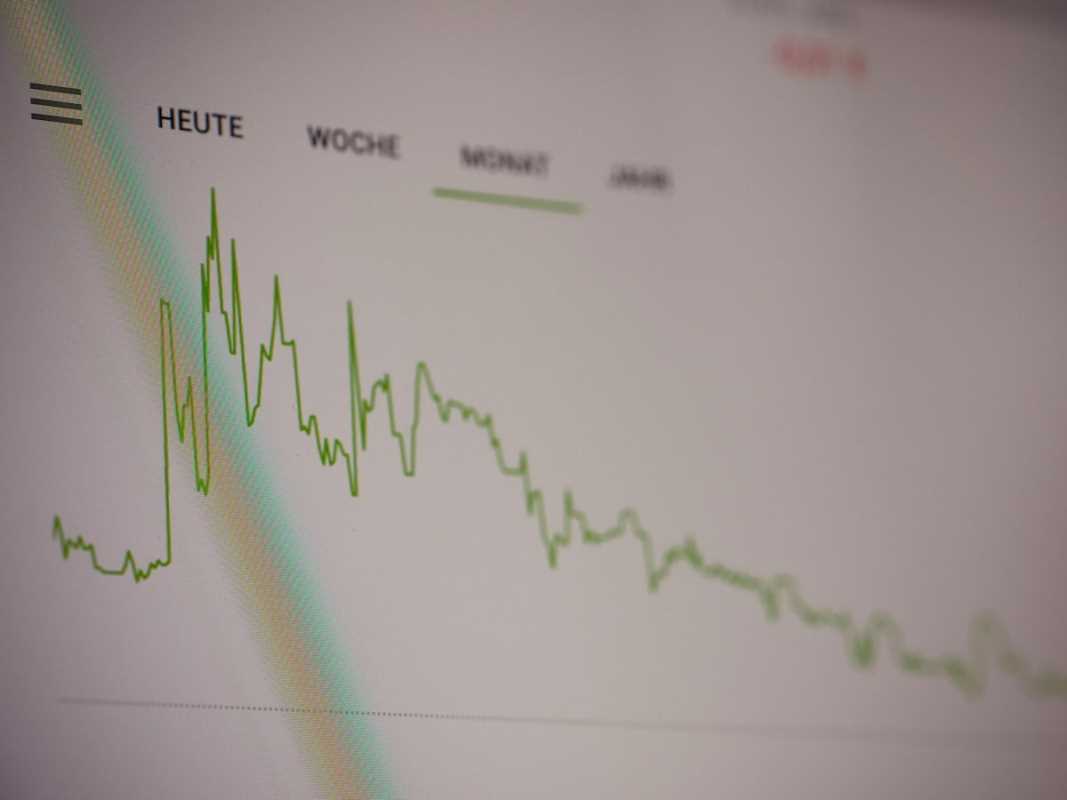The stock market can be a goldmine of opportunities—but only if you know how to spot them. Identifying undervalued stocks is a skill many investors aspire to master. These hidden gems often provide significant growth potential, offering you the chance to buy low, watch your portfolio grow, and reap substantial returns. But how do you determine if a stock is genuinely undervalued? The process requires a combination of analysis, market insight, and disciplined strategy.
What Does "Undervalued" Mean?
An undervalued stock is one that trades below its intrinsic or fair market value. This discrepancy can occur for various reasons, such as negative market sentiment, overlooked business performance, or broader economic conditions. Identifying these stocks isn’t as simple as looking for low prices. Instead, it requires assessing a stock’s true worth using proven valuation methodologies.
Undervalued stocks are like diamonds in the rough. While the market may initially overlook their potential, savvy investors can seize the opportunity to invest in companies whose value is bound to rise over time.
Why It Matters
Buying undervalued stocks provides a margin of safety. Even if the stock doesn’t meet your initial expectations, the downside risk is limited compared to overpaying for an overhyped stock. For long-term investors, this is key to achieving consistent, sustainable returns.
Key Metrics for Identifying Undervalued Stocks
There’s no single metric that determines whether a stock is undervalued. Instead, effective analysis requires a combination of quantitative and qualitative tools. Here are the most crucial ones to get you started:
1. Price-to-Earnings (P/E) Ratio
The P/E ratio is one of the most widely used valuation metrics. It compares a company’s stock price to its earnings per share (EPS). A low P/E ratio may suggest that a stock is undervalued relative to its peers or the broader market.
- How to use it: Compare the stock’s P/E ratio to the industry average or competitors. For example, if the industry average P/E is 20 and the stock in question trades at 12, it could signal a buying opportunity.
Example: Imagine company XYZ has a P/E ratio of 10, while the sector average is 18. This gap suggests the stock may be trading below its intrinsic value, warranting further analysis.
2. Price-to-Book (P/B) Ratio
The P/B ratio evaluates a company’s market price relative to its book value (assets minus liabilities). A P/B ratio below 1 often indicates undervaluation.
- How to use it: Focus on companies in capital-intensive industries like manufacturing, where tangible assets are robust indicators of value.
- Example: A company with a P/B ratio of 0.8 could be a promising candidate for value investors, especially if its financials are healthy.
3. Discounted Cash Flow (DCF) Analysis
DCF analysis estimates a company's intrinsic value by projecting future cash flows and discounting them to their present value. This method offers a detailed view of what a company is truly worth based on its ability to generate cash over time.
- How to use it: Use financial models or calculators to run a DCF analysis. Compare the intrinsic value derived through DCF to the current market price.
- Example: If the DCF value for a stock is $50 per share, but it trades for $35, it might be undervalued.
4. Earnings Growth (PEG Ratio)
A variation of the P/E ratio, the PEG ratio factors in expected earnings growth. A PEG ratio below 1 is often considered a sign of undervaluation because it implies the stock’s earnings growth is underpriced.
- How to use it: Target companies with a PEG below 1 and consistent growth potential.
- Example: A tech startup with a 0.8 PEG ratio, growing its earnings by 20% annually, could represent an excellent growth-meets-value investment.
5. Dividend Yields
For income-focused investors, high dividend yields relative to peers could signal an undervalued stock. However, it’s essential to assess whether the yield is sustainable.
- How to use it: Compare yield metrics and analyze the company’s financial health for steady dividend payouts.
- Example: A utility company offering a dividend yield of 5% while peers average 3.5% might be an attractive undervalued option.
Strategies for Finding Undervalued Stocks
Beyond knowing the metrics, it’s important to have proven strategies in your arsenal. Here’s how you can move from theory to execution:
1. Focus on Market Inefficiencies
Market inefficiencies arise when stocks are mispriced due to temporary factors like negative news or low analyst coverage.
Actionable tip: Scan for stocks overlooked by analysts. Small-cap companies are often prime candidates for undervaluation because they receive less attention from institutional investors.
2. Screen for Value Triggers
Use stock screeners to identify companies trading at low P/E or P/B ratios compared to their industry averages.
Example: Platforms like Morningstar, Finviz, and Yahoo Finance allow you to filter by valuation metrics, helping you pinpoint undervalued stocks quickly.
3. Analyze Market Sentiment
Stocks often become undervalued when negative sentiment overshadows good fundamentals. An example could be a company struggling temporarily but exhibiting strong financial health.
Actionable tip: Look for companies with solid long-term potential that are currently under scrutiny due to bad press or market downturns.
4. Study Insider and Institutional Activity
If insiders or large institutional investors are buying a stock, it may indicate undervaluation. These signals show confidence from those who have in-depth knowledge of the business.
Actionable tip: Track insider buying trends through platforms like SEC EDGAR filings or tools like Nasdaq Insider Activity.
5. Stay Patient and Disciplined
The best opportunities often require waiting for the market to correct course. Patience is a core component of successful value investing.
Actionable tip: Monitor a watchlist of potential undervalued stocks over time, revisiting them periodically as market conditions evolve.
Common Pitfalls to Avoid
While the strategies above can yield impressive results, identifying undervalued stocks isn’t foolproof. Here are some red flags and errors to sidestep:
- Chasing Low Prices: Low prices don’t always mean undervaluation. Analyze the company’s fundamentals before making a decision.
- Ignoring Debt Levels: High debt can derail even the most promising companies. Review the debt-to-equity ratio to ensure financial stability.
- Overlooking Industry Trends: A stock’s undervaluation may reflect long-term struggles in its industry. Research sector-wide trends to confirm growth potential.
Remember, investing successfully is more about consistency than quick wins. Take your time, do thorough research, and avoid reactionary decisions. With these techniques in hand, you’ll be prepared to invest like a pro and grow your wealth sustainably.
 (Image via
(Image via





